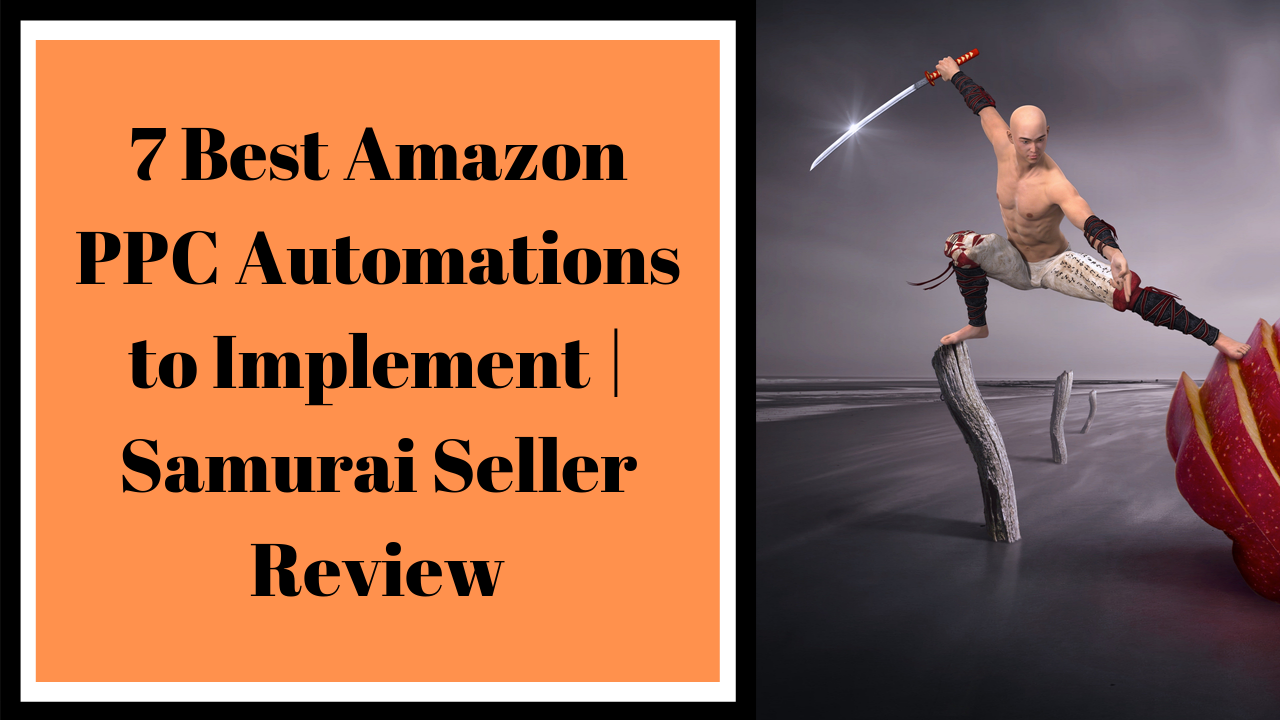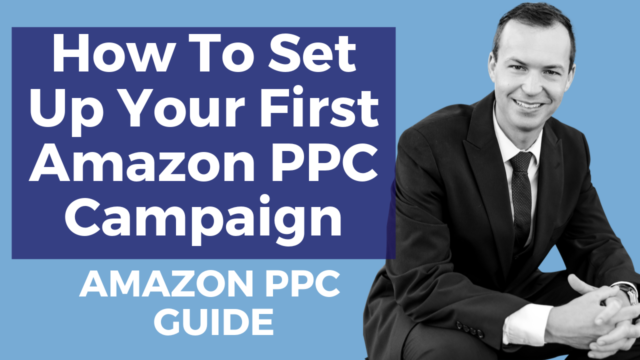Implementing Profit First (not just reading it) in our business has made the biggest difference in cash flow. Profit First for Amazon sellers is so important because your business is so unique. We audited where our expenses went in 2019 and where our profit came from. As expected, we were forced to trim expenses that weren’t contributing to profit in our business (including firing five people). We then focused back on where our profits came from. In this article, I will be walking you through this system that absolutely changed our lives.
What is Profit First?
Simply put, most businesses are run by taking Income – Expenses = Profit. Taking profit first is just what it sounds like. We switch the formula and instead say Income – Profit = Expense. You set the profit margin you want to achieve and then make it happen. You spend based on the cash you have left over.
As entrepreneurs, we are always hoping that the next course, tool, software, etc. will take us to the next level and we will be able to afford it due to our growth or due to the next big client. Stop that mindset, and only spend what you have in the back that day.
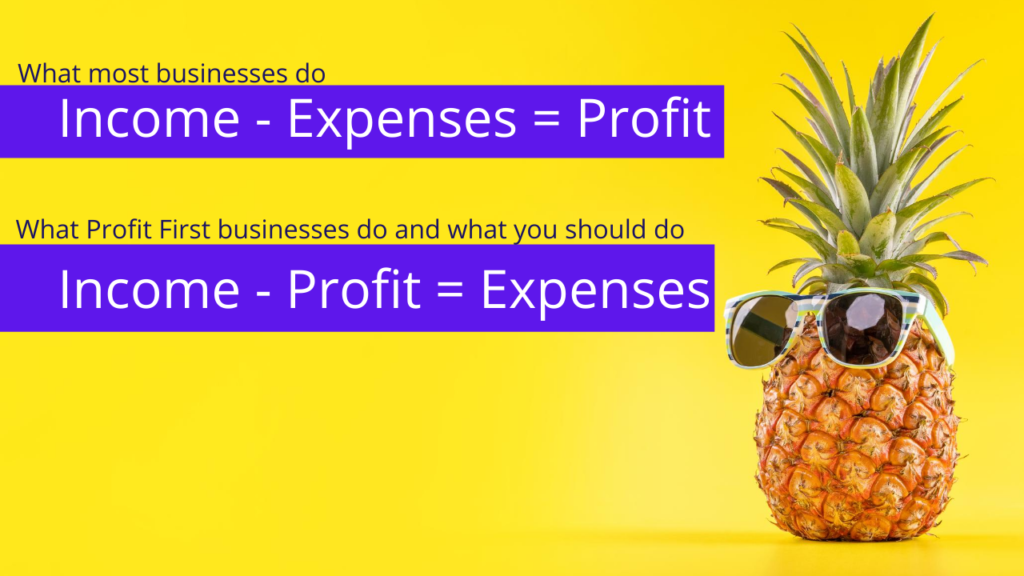
This also requires you to stop growing for growth sake and stop comparing to everyone else. Your business will naturally grow to where it should be but you will be profiting and stressing less the whole time. As stated in the book Profit First by Mike Michalowicz, “Revenue is vanity, profit is sanity, and cash is king.”
To achieve profit first and figure out where the money needs to go, we need to first see where the money is going now and then trim the expenses that aren’t directly associated with profit. Like stated above, we had to let go of five team members, we cut Facebook ads by $20,000 per month, and also eliminated almost $3,000 per month in software fees.
To find out where to trim the fat, we need to start out with a Profit First business assessment.
Profit First Business Assessment
The business assessment is pretty simple. This is how you see where your money is going and where you can find expenses to get rid of that are directly leading to more profit. What I want you to do is get all your expenses from the year before. You can get these from your credit card statements or using a software like Quicken or Mint (I use Mint).
Here are example categories and the most prevalent ones you will have in your business. Our business falls into all these categories and the bolded lines are the bank account names (more on this later).
- Profit
- Owner’s Compensation
- Taxes
- State Tax
- Federal Tax
- Sales Tax
- Operating Expenses
- Staff Payment
- Independent Contractors
- Software Purchases
- Advertising
- Facebook Ads
- Amazon Ads
- Google Ads
- Accounting
- Legal
- Advisory Fees (masterminds, coaches, etc.)
- Education
- Photography
- Cost of Goods Sold (Inventory Bank Account)
- Inventory Purchases
- Shipping
- Charity
Once you categorize every single expense, put like categories together. Put all the software categories together; staff payment, owner’s payment, inventory payments, shipping payments, etc together.
Let’s look at profit first (see what I did there). When you look at your profit and loss statement from the previous year, just look at how much profit you reported and that is your starting point.
Next is owner’s compensation. How much did you pay yourself last year (taxes NOT included).
Taxes is the third category. Add up how much you paid in federal, state, and sales tax for the previous year.
Cost of Goods is your inventory purchases plus your shipping to get your inventory to your warehouse (NOT shipping to your customer).
Finally the biggest one is Operating Expenses, or OPEX, This is where you can put everything like software categories, website expenses, professional fees like accounting and legal, advertising, masterminds, photography, copywriting, team/staff payments, independent contractors, etc… This is most likely where you will find the most savings in your business to cut expenses.
Here is what ours looked like in 2017. Real Revenue is MONEY THAT HIT YOUR BANK (not what Amazon or Shopify tells you that you made).
Real Revenue (money that hit the bank) | $1,623,376 | GOAL | GOAL | Difference | Fix | Actual |
Profit/ | $56,539 | 10% | $162,338 | -$105,798.56 | Increase | 3% |
Owner's Compensation | $60,188 | 10% | $162,338 |
| Increase | 4% |
Tax | $44,096 | 15% | $243,506 |
| Increase | 3% |
Operating Expense (Total Expenses + COGS) | $1,498,859 | 65% | $1,055,194 |
| Decrease | 92% |
Our operating expenses were 92% of our overall real revenue (money that hit the bank). 92%!!!! That is a poorly run business, but don’t be shocked if you see something like this. Our goal in 2018 was to reduce this to 65%, which meant making some big changes.
In 2017, we did not separate out the cost of goods sold (inventory and shipping), but we started doing that in 2019. Here is 2019’s business assessment.
Real Revenue (money that hit the bank) | $2,642,570 | GOAL | GOAL | Difference | Fix | Actual |
Profit/ | $73,780 | 10% | $162,338 | -$190,477.05 | Increase | 3% |
Owner's Compensation | $281,896 | 10% | $162,338 | $17,638.95 | Same | 11% |
Tax | $231,808.86 | 15% | $243,506 | -$164,576.71 | Increase | 9% |
Operating Expense (Total Expenses - Owner's Comp) | $1,104,045 | 35% | $1,055,194 | -$179,145.33 | Decrease | 42% |
COGS (Products + Shipping) | $695,682 | 30% | $792,771 | -$97,088.78 | Increase | 26% |
You can see in 2019, we increased by almost 4x what we paid ourselves, while decreasing our operating expense from 92% to 68% (the 68% comes from COGS + OPEX).
We now separate out our COGS into its own bank account so we always have the money to pay suppliers.
To get a copy of my spreadsheet to help you get started, click here.
Profit First in Action for Amazon Sellers
The real revenue bank account is the main account where all the money is deposited. It then gets split up between bank accounts every two weeks on the day we get paid from Amazon. If you only get paid from Amazon, then this is very easy, if you are paid from multiple sources then just add them all up.
Related Article: Should I Hire an Amazon PPC Agency?
Next we just distribute according to what percentage we are at.
- 10% goes into the profit/emergency account. This is where we accumulate cash in case of emergencies (hello COVID). Also, half of the profit account is saved every quarter (again for emergencies) and the other half is distributed to the owners as a distribution (not payroll).
- 5% goes to the owner’s compensation account, which is held until monthly payroll.
- 10% goes into the tax account. All federal, state, and sales taxes are paid out of the tax bank account.
- 44% goes into the OPEX bank account, which pays for all credit card bills, advertising, staff payroll, etc… All credit cards are paid out of OPEX.
- 32% goes to an inventory account which pays suppliers and also covers shipments to get inventory into the warehouse.
- Finally, give at least 1% to charity. We allocate 1% to charity and send it ASAP, but usually do a much larger chunk at the end of the year on top of this 1%.
Real Revenue (money that hit the bank) | Current | GOAL | For Beginners |
Profit/ | 10% | 15% | 1% |
Owner's Compensation | 5% | 10% | 1% |
Tax | 10% | 10% | 10% |
Operating Expense (OPEX) | 44% | 37% | 57% |
Inventory | 32% | 27% | 30% |
Charity (Eye Love Cares Foundation) | 1% | 1% | 1% |
To further clarify the bank account situation. We have SIX (6) total bank accounts and each have a name.
- Real Revenue where all deposits are deposited
- Profit/Emergency Fund
- Owner’s Compensation
- Tax
- Operating Expense (OPEX)
- Inventory
For the charity donation, we just transfer it every two weeks when we do it.
To get a copy of my spreadsheet to help you get started, click here.
Check out the Profit First book here
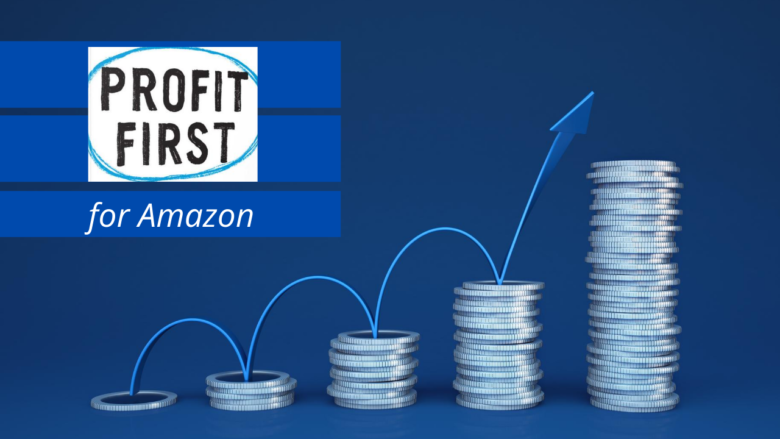
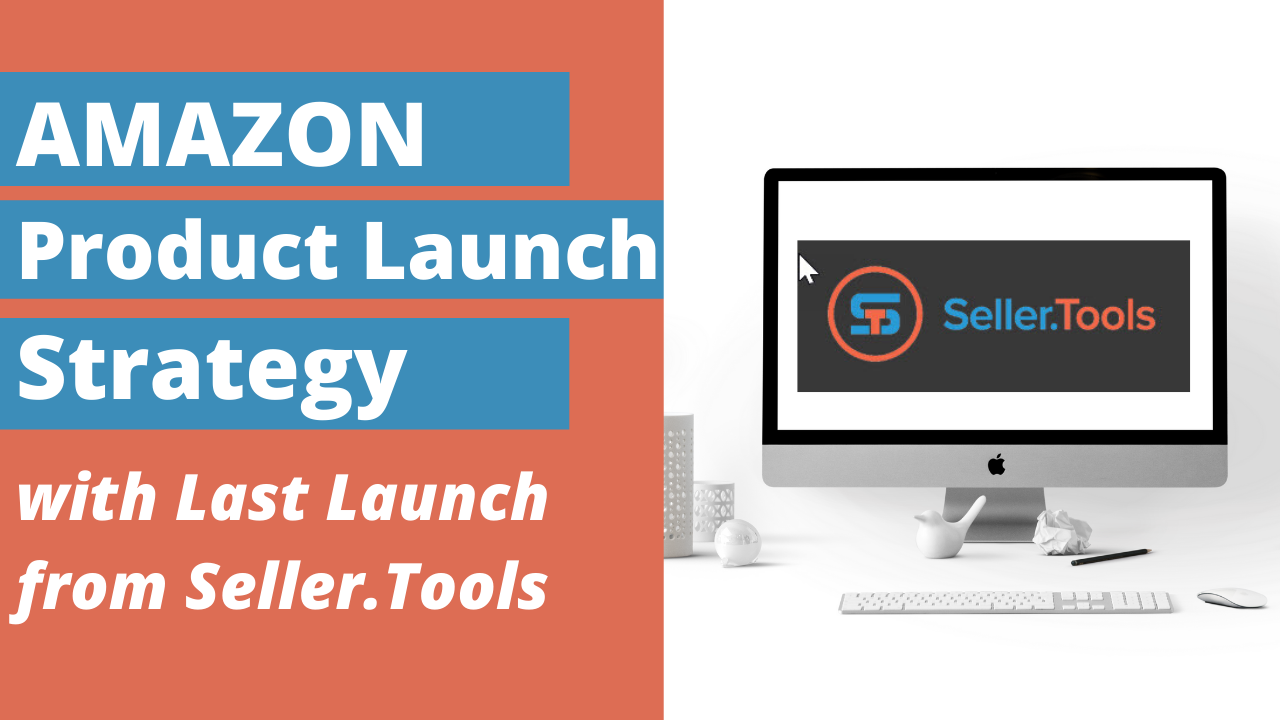
![Should I Hire an Amazon PPC Agency? [Amazon PPC Agency Pricing]](https://salesfunnelhq.com/wp-content/uploads/2020/06/Should-You-Hire-an-Amazon-PPC-Agency-e1655322636697.jpg)
